After a very challenging start to the spring, with an exceptionally wet March (nine inches of rain!), the weather finally came good over the Easter weekend. Our team did a sterling job getting caught up with the delayed planting – including lettuces, pak choi, summer greens, and onions for bunching. Some of these crops are covered in semi-permeable fleece, which allows light and water to penetrate while retaining a warm, protected environment. The fleece means that we can start harvesting the first crops from the middle of May onwards. From mid-May, we switch to using nets, which still protect and slightly warm the crops, while performing another vital function: protecting them from pests such as flea beetles and cabbage root flies.
In the polytunnels, our harvest manager Ed, Alex and the team are continuing the spring ‘turn around’, switching from winter salads to summer crops like tomatoes, cucumbers, and basil. This week, we’re preparing for the first tomato plants to arrive: cherry tomatoes (flavoursome varieties Cheramy and Sakura) and multi-coloured baby plums.
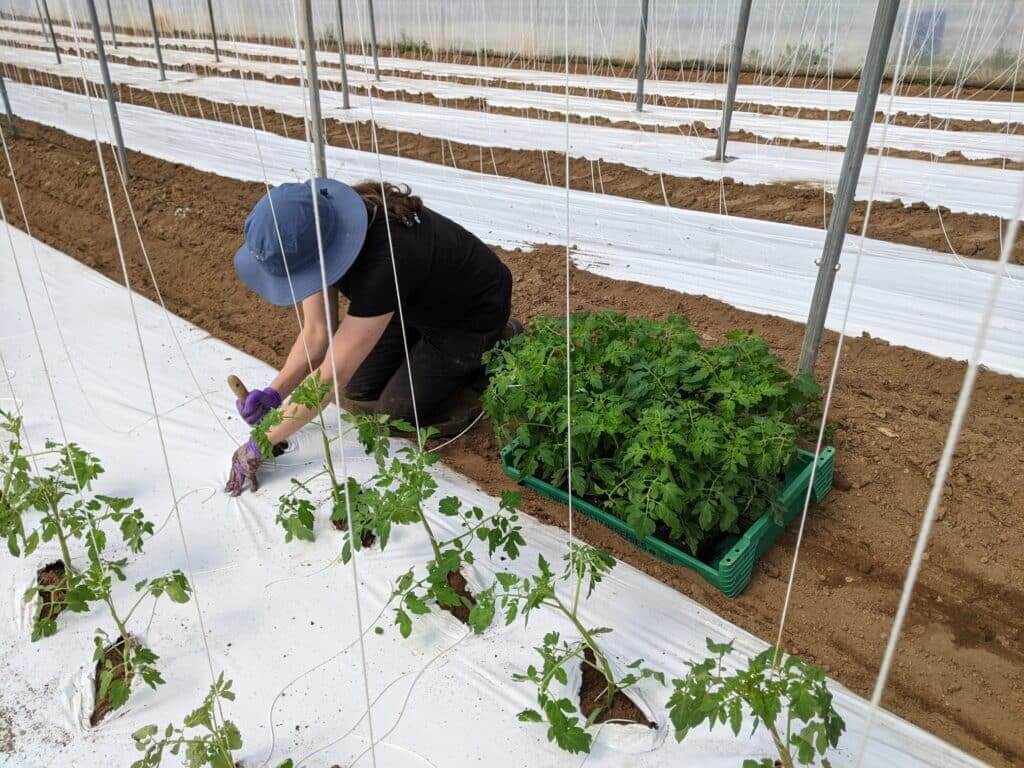
In the fields, the earliest crops of pak choi and lettuce have grown on nicely and now need some weeding. We usually go through first with the brush weeder (crop rows are protected by metal tunnels, while the area in between is weeded by rotating packs of nylon brushes). Elsewhere, the beds that will grow the first outdoor baby leaf salad and radishes are being covered in fleece or nets and watered to encourage a flush of weeds. These will then be removed, either mechanically or with a flame weeder, leaving a clean bed into which the crop can be sown. This is the old technique of ‘stale seedbedding’ with a modern twist.
It’s really feeling like spring now, and we are seeing increasing wildlife activity, including tadpoles in the reservoirs, slow worms under the reptile mats, and swallows and house martins swishing over the fields. Ed has been using a camera trap around the farm to monitor what animals have been travelling through. So far, we have footage of foxes, badgers, hares, squirrels, pheasants, barn owls, and a slightly less wild red setter!

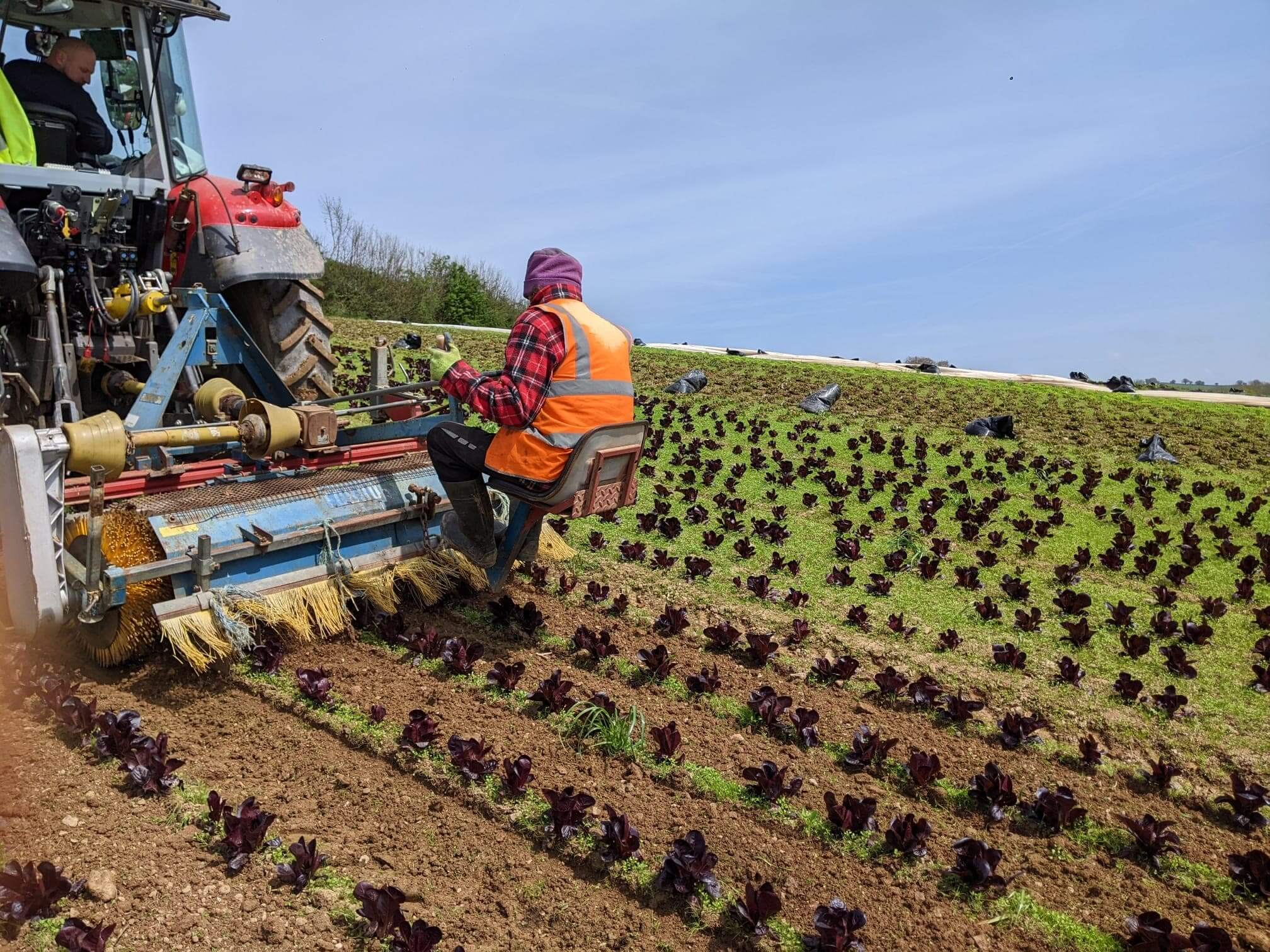

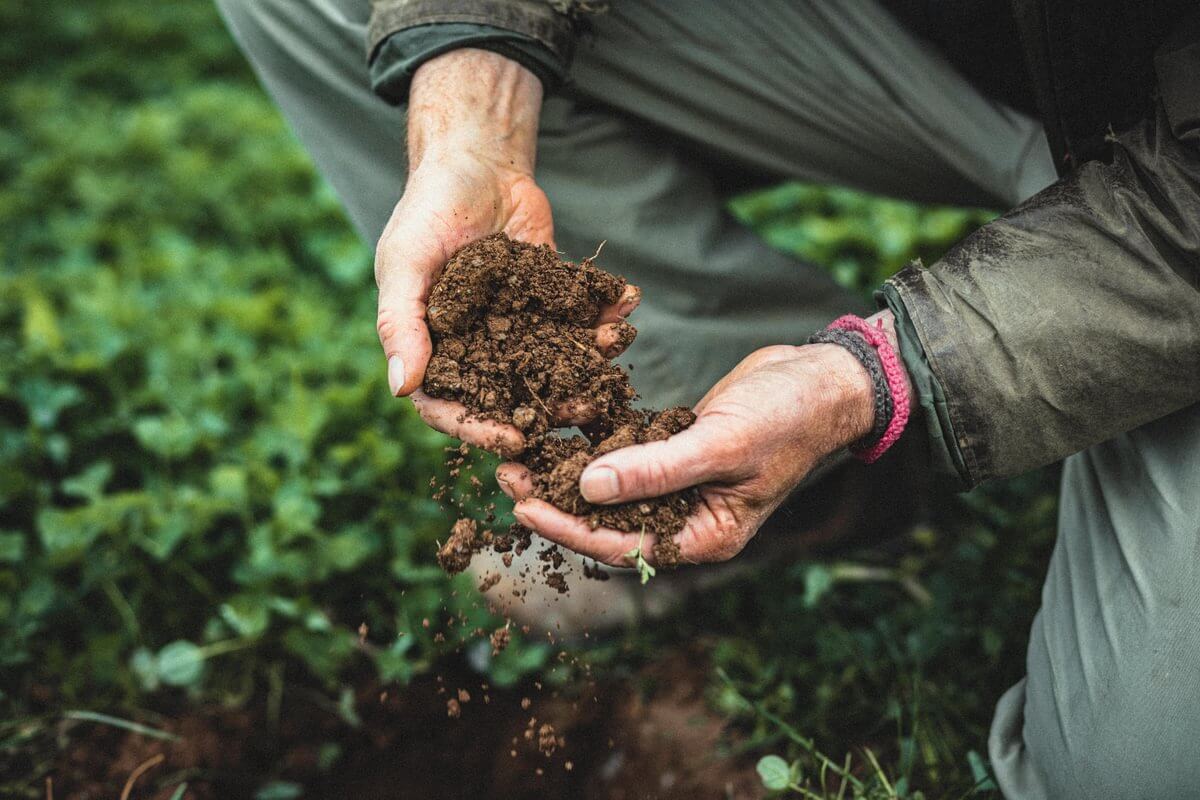
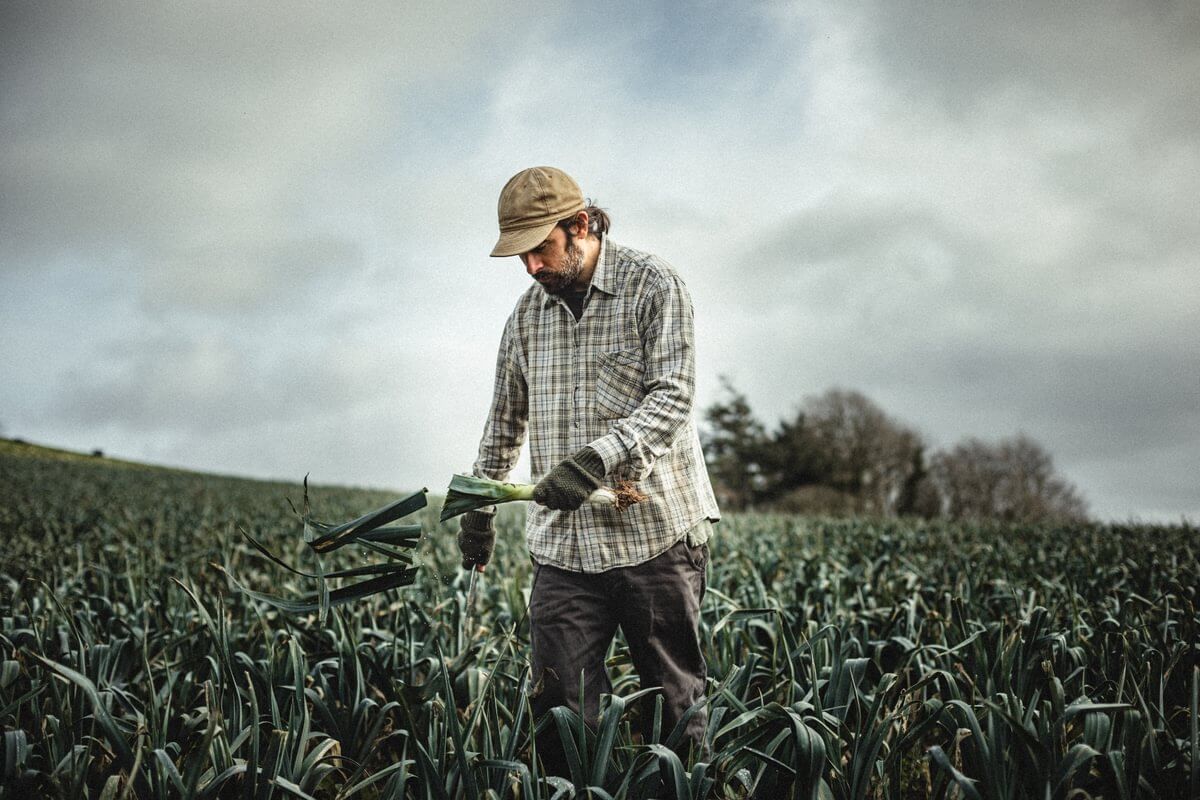
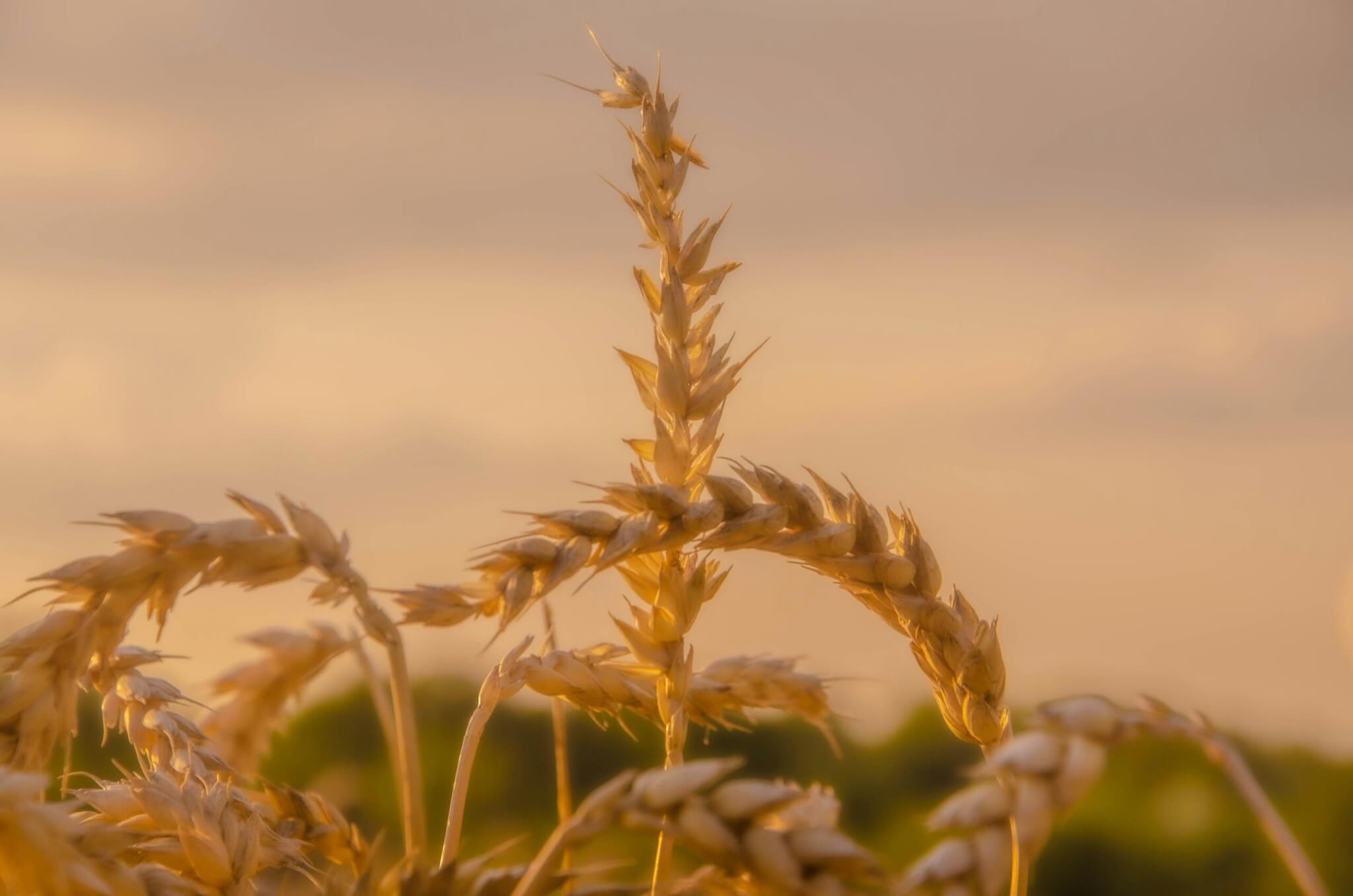










Do you reuse the fleece? If not, what happens to it? Thanks 😊